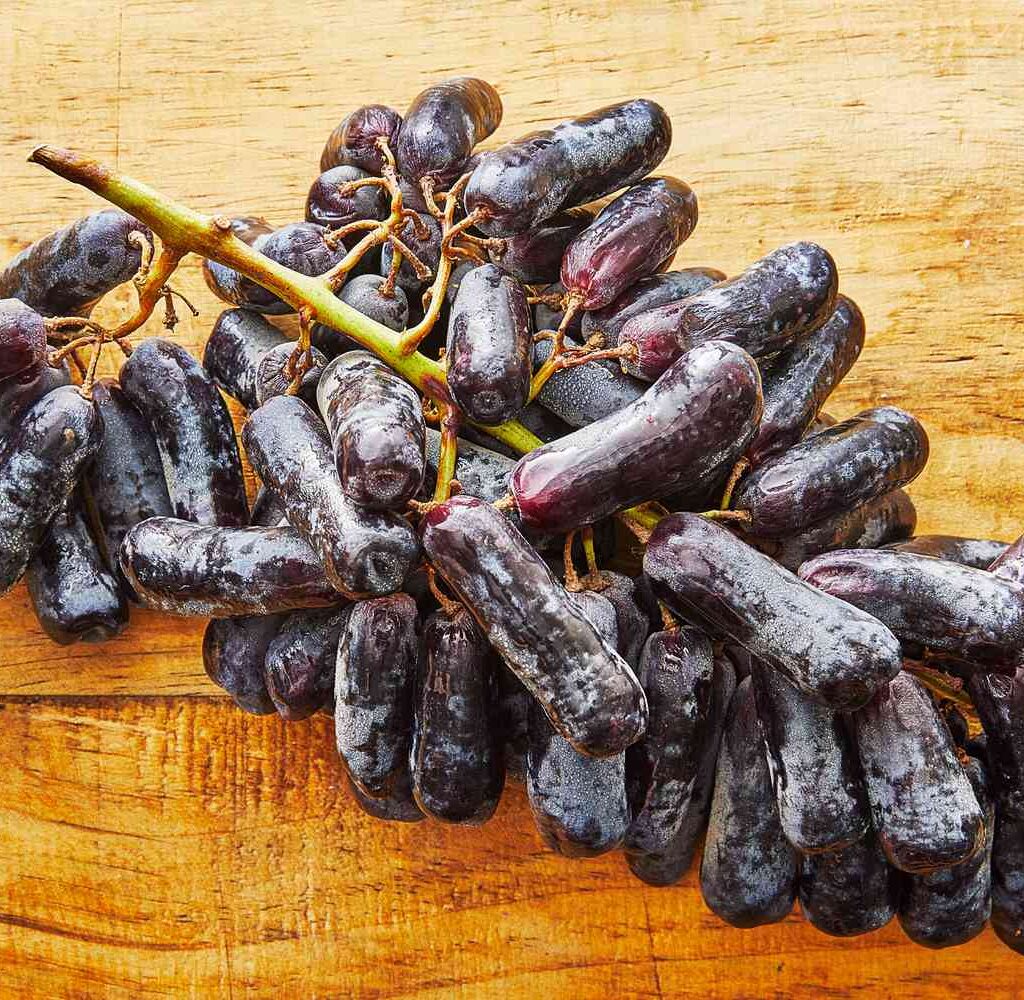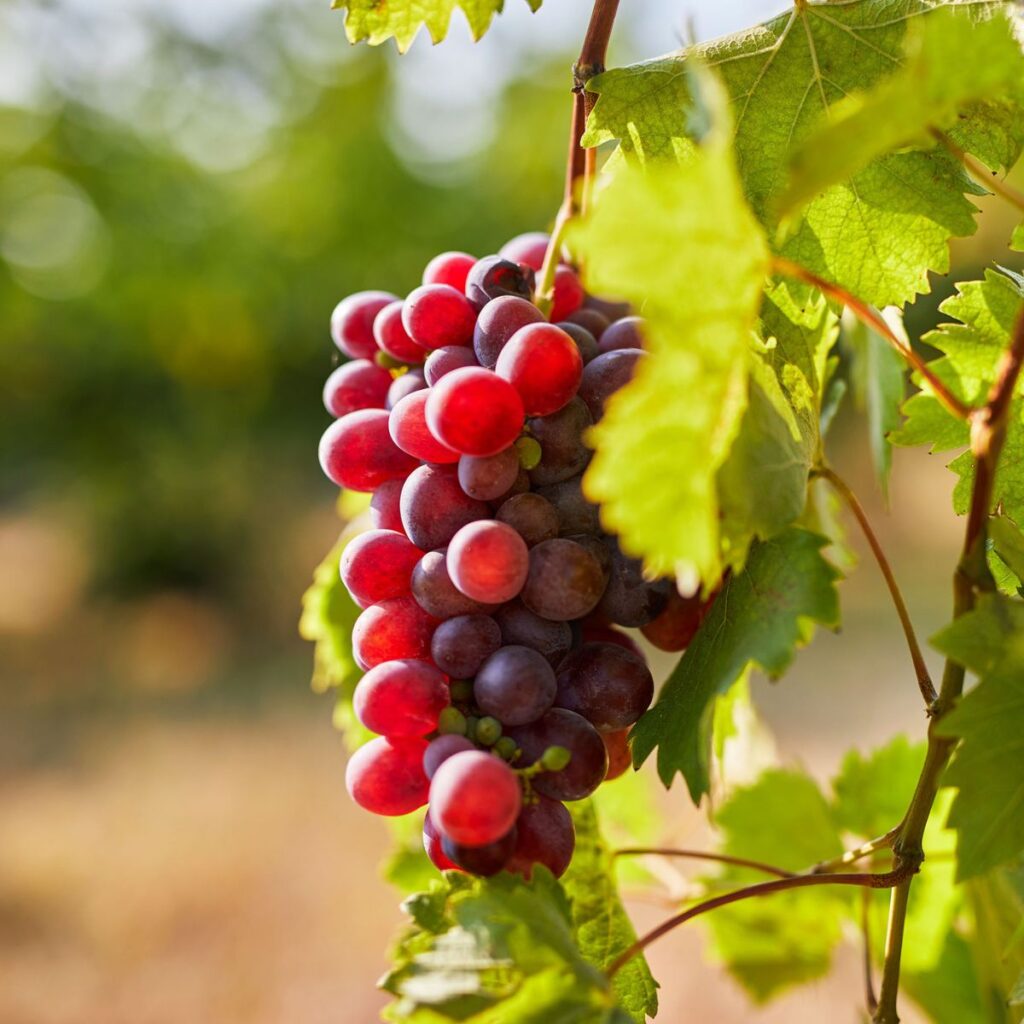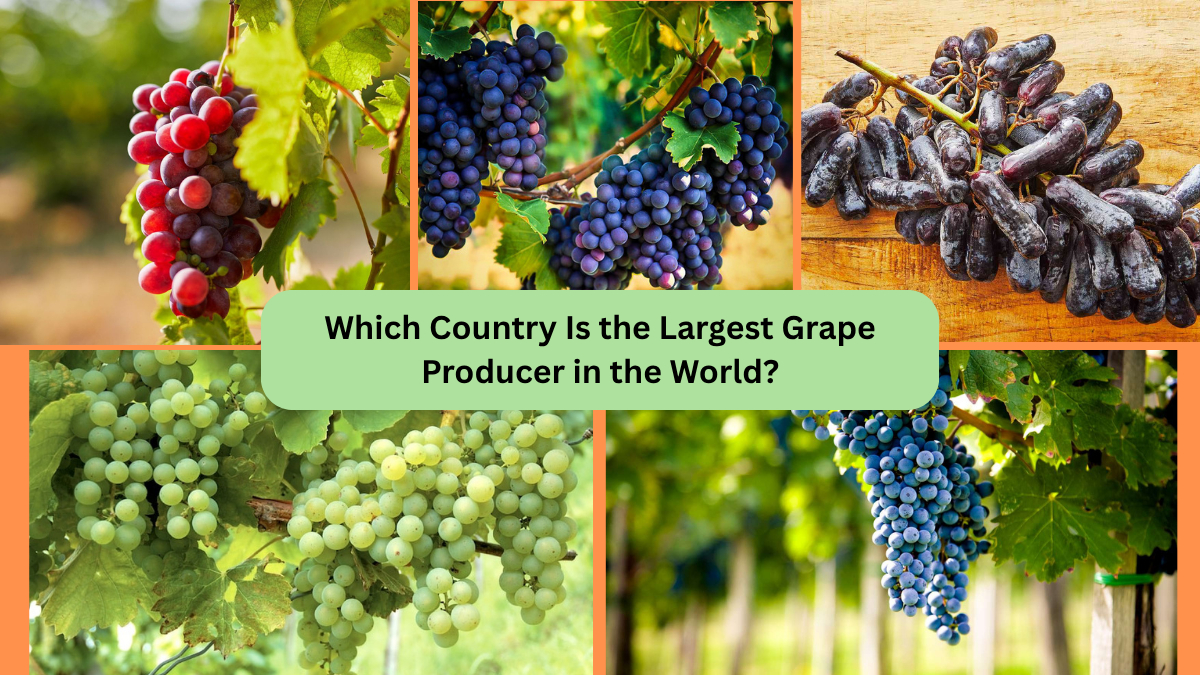Grapes — one of humanity’s oldest and most beloved fruits — have played a central role in agriculture, cuisine, and culture for thousands of years. From ancient vineyards in the Mediterranean to modern orchards in the Americas and Asia, grapes continue to be prized for their versatility, nutritional value, and, of course, their starring role in wine production.
But if you’ve ever wondered which country is the largest grape producer in the world, the answer is clear: China. In recent decades, China has dramatically expanded its grape cultivation, surpassing traditional grape-growing powerhouses like Italy, the United States, and Spain to claim the top spot.
In this article, we’ll dive into the fascinating world of grape production, explore how China achieved its dominance, and take a look at the global grape industry as a whole.
A Brief History of Grapes

Grapes belong to the Vitis genus and are one of the oldest cultivated plants in human history. Evidence of grape cultivation dates back over 8,000 years, with origins in the Near East and the Mediterranean.
Grapes have long been associated with:
- Fresh consumption as a sweet and juicy fruit.
- Wine production, an ancient tradition dating back to early civilizations.
- Raisins, a naturally preserved snack enjoyed for millennia.
- Juices, jellies, and syrups.
Today, grapes are cultivated on every inhabited continent except Antarctica, with global production continuing to rise due to increasing demand for fresh fruit, wine, and dried fruit products.
Why Are Grapes So Popular Globally?
Grapes are prized not only for their taste but also for their health benefits and culinary versatility. Here’s why they remain one of the most consumed fruits worldwide:
- Rich in antioxidants such as resveratrol, flavonoids, and vitamin C.
- High in dietary fiber and essential minerals like potassium and iron.
- Versatile ingredient in juices, wines, desserts, and savory dishes.
- Natural source of energy, making them a favorite in snack and health food markets.
- Long cultural history in religious ceremonies, festivals, and traditional medicine.
Global Grape Production Overview

Grape production is a global industry, with both temperate and subtropical climates supporting its cultivation. Grapes are grown for three main uses:
- Fresh table grapes
- Wine grapes
- Dried grapes (raisins)
According to the latest available global agricultural data:
Top Grape Producing Countries (Approximate Annual Production)
| Rank | Country | Production (Metric Tons) |
|---|---|---|
| 1 | China | Over 12.2 million |
| 2 | Italy | 7.3 million |
| 3 | Spain | 6.2 million |
| 4 | United States | 5.8 million |
| 5 | Turkey | 4 million |
As you can see, China leads by a substantial margin, contributing over 15% of the world’s total grape production.
Why Is China the Largest Grape Producer?

1. Massive Agricultural Expansion
China’s agricultural reforms over the past few decades have seen the country investing heavily in fruit production, with grapes becoming a major focus. Vast areas of previously uncultivated or underutilized land have been converted into modern, high-yield vineyards.
2. Ideal Growing Conditions
China’s diverse climate and fertile soils support a wide range of grape varieties. Key grape-producing regions include:
- Xinjiang
- Hebei
- Shandong
- Shaanxi
- Yunnan
These regions offer the warm, sunny days and cool nights ideal for cultivating both table and wine grapes.
3. High Domestic Demand
China’s rapidly growing middle class and expanding interest in health and wellness have boosted domestic demand for fresh grapes, wine, and grape-based products like raisins.
As wine culture gains popularity in China, the country has also become one of the fastest-growing wine consumers in the world, further fueling grape production.
4. Government Support
The Chinese government has actively supported grape cultivation through:
- Agricultural subsidies
- Research and development initiatives
- Modern vineyard management training
- Investment in storage, cold-chain logistics, and export infrastructure
This strategic focus has made China a global powerhouse in grape production.
Major Grape-Producing Countries and Their Specialties
While China leads overall, other countries hold significant influence in the global grape industry, especially in wine and export markets.
Italy
Italy remains the world’s largest wine grape producer, known for producing both quality wines and table grapes. The regions of Tuscany, Piedmont, and Sicily are famed for their vineyard landscapes and centuries-old winemaking traditions.
Spain
Spain boasts the largest vineyard area in the world, though total production volume ranks third. Spanish grapes are central to wine production, especially famous varieties like Tempranillo and Garnacha.
United States
The U.S. is a leading producer of table, wine, and raisin grapes. California accounts for over 90% of U.S. grape production, home to the famous Napa Valley and Sonoma County wine regions.
Turkey
Turkey produces a significant volume of grapes, with a large portion used for raisins and traditional sweets. The country is a top exporter of Sultana raisins.
Types of Grapes and Their Uses

Globally, there are over 10,000 varieties of grapes, but they fall into three primary categories:
- Table Grapes
- Eaten fresh.
- Popular varieties: Thompson Seedless, Red Globe, Flame Seedless.
- Wine Grapes
- Fermented to produce wine.
- Famous varieties: Cabernet Sauvignon, Merlot, Chardonnay, Syrah.
- Raisin Grapes
- Dried for long shelf life.
- Top varieties: Thompson Seedless, Sultana, Black Corinth.
Health Benefits of Grapes
Besides their flavor and culinary uses, grapes offer impressive health advantages:
- Heart Health: Rich in resveratrol, known to lower cholesterol and protect against heart disease.
- Antioxidant Power: Combat oxidative stress, reducing inflammation and aging signs.
- Digestive Health: High fiber content aids digestion and gut health.
- Natural Energy: Contains natural sugars and nutrients for an instant energy boost.
- Cancer-Fighting Properties: Some compounds in grapes have shown anti-cancer potential in studies.
Challenges in the Global Grape Industry

Despite steady growth, the grape industry faces several challenges:
- Climate Change: Rising temperatures and erratic weather patterns affect crop yields and quality.
- Water Scarcity: Vineyards require substantial water, making sustainable farming essential.
- Labor Shortages: Harvesting grapes is labor-intensive and increasingly affected by labor shortages.
- Market Competition: Growing competition from emerging producers in South America and Africa.
To overcome these hurdles, grape growers worldwide are investing in precision agriculture, drought-resistant varieties, and sustainable vineyard practices.
Final Thoughts
To conclude — China is currently the largest grape producer in the world, a position it has secured through vast agricultural investments, ideal growing conditions, and strong domestic demand. With its dynamic market and government support, China is poised to maintain its leadership in grape production for the foreseeable future.
However, traditional grape-growing nations like Italy, Spain, the United States, and Turkey remain essential players, especially in the global wine and raisin markets.
Whether you’re sipping a glass of fine wine, enjoying a bunch of fresh grapes on a summer afternoon, or sprinkling raisins over your breakfast cereal, you’re experiencing a fruit with a rich history and a thriving global industry behind it.





